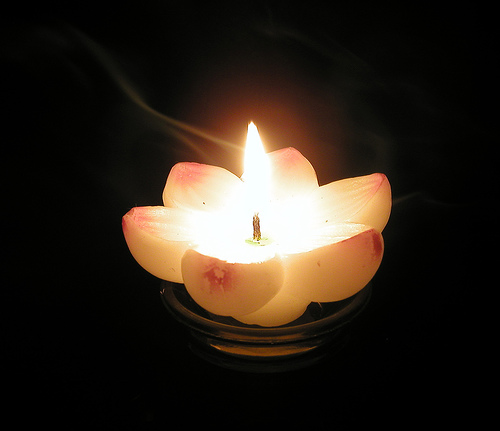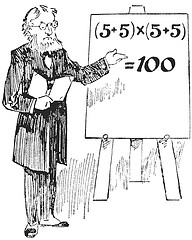
When a candle is burnt so long as to leave a tolerably large wick, blow it out; a dense smoke, which is composed of hydrogen and carbon, will immediately rise. Then, if another candle, or lighted taper, be applied to the utmost verge of this smoke, a very strange phenomenon will take place. The flame of the lighted candle will be conveyed to that just blown out, as if it were borne on a cloud, or, rather, it will seem like a mimic flash of lightning proceeding at a slow rate.
— Alfred Rochefort, Healthful Sports for Boys, 1910



